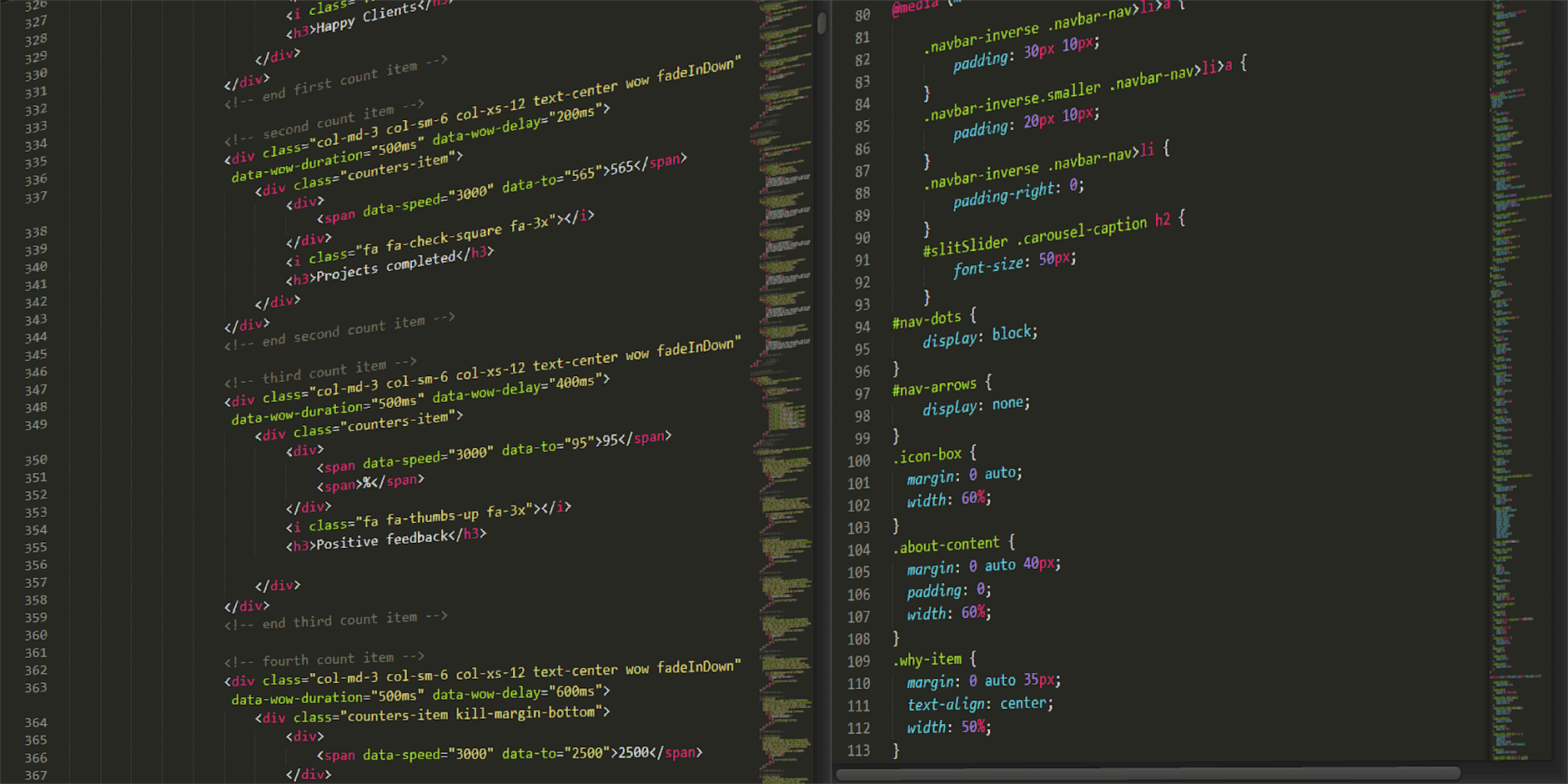Help Desk Software in 2024: Lessons From Real User Experiences

In today’s ultra-connected world, customer expectations have quietly evolved. No longer satisfied with generic responses and lengthy wait times, a new generation of consumers expects swift, accurate, and even empathetic support with every online interaction. For companies large and small, the spotlight is shining ever more brightly on the help desk, often the dividing line between delighted loyalty and lost customers. The humble ticketing system has thus undergone a dramatic transformation, with help desk software now shouldering the weight of these heightened expectations.
But how can organizations pick their way through a market crowded with options, each promising effortless omnichannel support and dazzling automation? The answer is deceptively simple: listen to the users. Real-world experiences, as told by the agents and customers themselves, offer a rare window into the true strengths and stumbling blocks of leading platforms. By weighing these stories, we see not only how the best help desk software empowers teams but also how subtle choices can undercut even the most sophisticated products.
This article takes a deep dive into the messy, human side of help desk software, sharing insights from the field and unpacking trends that are reshaping the industry for both vendors and their customers.
The DNA of a Great Help Desk Platform
Help desk software was once little more than a digital inbox, a glorified email system for managing the flow of customer complaints and queries. Simplicity came at a price: agents spent too much time sorting and forwarding tickets, leading to missed deadlines and frustrated customers.
Today’s top solutions have transformed the experience. User reviews point time and again to certain must-have qualities. Speed takes precedence, as seen in super-responsive interfaces and automation tools that prioritize urgent issues and shard work intelligently across teams. Scalability matters, too, as businesses want a platform that can grow with their ambitions without weeks of retraining. These themes emerge across mentions of platforms like Zendesk, Freshdesk, and Zoho Desk, suggesting a near-universal hunger for stability and efficiency.
Most striking, perhaps, is the newfound emphasis on integration. Modern help desk users demand seamless compatibility with CRMs, messaging apps, social media, and analytics tools. A financial services agent interviewed for this article described integration as “the difference between feeling in control and being lost in a maze.” It’s no surprise, then, that software which boasts rich plug-and-play ecosystems and robust APIs draws raves, while tools that silo information remain perennial laggards in user rankings.
Challenges and Pain Points
Yet even as help desk software improves, pain points persist. Many teams grapple with a paradox, advanced features too often come at the cost of usability. The desire to automate and personalize every aspect of support can lead to labyrinthine settings and confusing navigation, a view echoed by users of both legacy players and flashy newcomers. One IT support manager confessed that his team “dreaded” updates because training would eat into productivity for weeks.
Another recurring complaint involves reporting and analytics. While every platform promises actionable insights, reviews reveal a persistent frustration with dashboards that are either too simplistic or maddeningly complex. Granular reporting is crucial for managers tracking response times and customer satisfaction, but few products seem to hit the sweet spot between power and accessibility. In particular, small and mid-sized businesses find themselves wrestling with dashboards built for large enterprise needs, unable to justify the added cost and complexity.
Opportunities for Transformation
Those struggles, however, are creating opportunities for the next wave of help desk innovation. Platforms that invest heavily in user experience, offering guided onboarding, intuitive workflows, and real-world documentation, are winning converts, even when other bells and whistles are missing. Freshdesk has won consistent praise for its education-first approach, helping newcomers in non-technical industries launch quickly and painlessly. Meanwhile, platforms like Intercom are experimenting with conversational support interfaces that aim to humanize the agent-customer relationship.
Artificial intelligence also looms large, both as a differentiator and a source of anxiety. Automated bots and machine learning-powered workflows promise to reduce ticket resolution times, flag urgent cases automatically, and surface relevant knowledge base articles before a human ever gets involved. But users express a cautious optimism. AI-powered triage makes life easier for overwhelmed agents, but when left unchecked, bots can frustrate customers with endless loops and canned replies. The lesson appears to be that AI works best as an augmenting force, not a replacement for authentic human interaction. As one ecommerce manager said, “Our bot helps, but our customers still want to know a person is listening.”
Lessons for Organizations Choosing Help Desk Software
Two clear lessons emerge from the landscape of user experiences. First, the question isn’t just “What can the software do?” but “How does it fit our unique workflow and culture?” A tool designed for intricate enterprise deployments may overwhelm a startup, while a more streamlined platform, even if less powerful on paper, can yield happier teams and faster onboarding. Businesses are well-served by identifying not just feature lists, but the working preferences and pain points of their own agents.
Second, the best help desk software is rarely the one packed with the most features. It’s the one that gives agents confidence and customers a sense of being heard. User stories reinforce that minor pain points, an obtuse search bar, a missing notification, can snowball into workflow-killing headaches, eroding trust in the system altogether. Conversely, a platform that nails the basics and grows organically through feedback will attract long-term fans.
The Future: Human and Humane Support
Help desk software is no longer a technological afterthought. It’s the new front line of the brand experience, quietly shaping millions of daily conversations between organizations and their customers. As platforms evolve, so too do our expectations, not just for faster replies, but for support that feels attentive and personalized. The truest mark of an excellent help desk platform is not simply how many tickets it helps close, but how many connections it helps make.
For the businesses weighing their options, heed the lessons from the users in the trenches. Look past the marketing hype and seek out the stories of real-life agents. In the end, great help desk software is not about having the flashiest features, but about empowering humans, on both sides of the conversation, to do their very best work.


